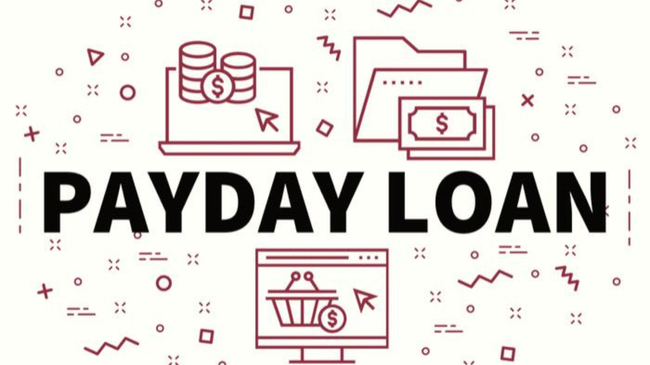Introduction
Singapore, the Lion City, stands as a beacon of modernity and innovation in Southeast Asia. Amidst its towering skyscrapers and bustling trade hubs, lies a deeply rooted financial system that has evolved over the years. Within this landscape, "payday loans" have carved a niche, serving the immediate financial needs of its diverse populace. While these loans are often associated with Western financial markets, their presence in Singapore is a testament to the city-state's adaptability and evolving financial needs.
Historical Framework
Singapore's financial story is closely tied to its rich tapestry of cultural influx, geopolitical developments, and economic strategies.
Early Beginnings
Before its transformation into a major port city, Singapore was a fishing village. Even then, small-scale lending activities were common among the communities. These were often based on trust, with oral agreements and minimal documentation.
Colonial Influence
With the establishment of Singapore as a British trading post in 1819, there was a substantial increase in commerce and trade. This period also witnessed the introduction of formal banking systems. British and Chinese banks opened branches, offering credit facilities mainly to businesses. However, for daily wage earners and those not involved in significant trading, the traditional moneylenders remained a lifeline.
Post-War Era
After World War II, Singapore faced an economic slump, and the need for financial services grew manifold. Traditional moneylenders, known colloquially as 'Ah Longs,' filled this vacuum. However, their high-interest rates and often heavy-handed collection tactics made them a contentious element in the society.
Post-Independence Strides
With independence in 1965, Singapore embarked on an ambitious journey of economic development. As the country's financial infrastructure grew, the necessity for a regulated and consolidated lending environment became clear. Efforts were made to curb unregulated moneylending activities and promote institutionalized lending, though the transition was slow and not without challenges.
Modern Financial Hub
From the 1990s onwards, Singapore aggressively positioned itself as a global financial hub. This transformation was marked by the influx of international banks, robust financial regulations, and the introduction of varied financial products catering to all segments of the population. It was during this period that the concept of payday loans, inspired by Western models, began to solidify its presence in the city-state's financial landscape.
Historical Facts
The roots of moneylending in Singapore can be traced back to its days as a British colony, where the practice was regulated under British law.
The post-independence era saw tighter regulations with the establishment of the Moneylenders Act in the 1960s, which aimed at curbing illegal lending and ensuring protection for borrowers.
When Consolidation Emerged
With the rapid economic growth in the late 20th century and the city-state's push for becoming a global financial hub, there was a clear move towards consolidating and regulating the lending market. The 2000s saw stricter regulations on moneylenders, and the financial market saw the introduction of structured short-term loan systems, akin to payday loans in the West, catering to the immediate needs of the working class.
Advantages and Disadvantages
Advantages
Swift Disbursal
Payday loans in Singapore are synonymous with quick access to funds.
Limited Documentation
Unlike traditional loans, payday loans often require fewer documents.
No Collateral
They are unsecured loans, meaning borrowers don't need to pledge assets.
Disadvantages
High-Interest Rates
The convenience comes at a price, with these loans having considerably higher interest rates.
Short Term Nature
They need to be repaid by the next paycheck, which can strain financial resources if not managed well.
Potential for Over-reliance
There's a risk of falling into a cycle of debt if one continuously relies on such loans.
Best Practices
Assess the Necessity
Use payday loans only in genuine emergencies.
Research Lenders
Opt for licensed moneylenders and understand their terms before borrowing.
Plan Repayment
Ensure you have a strategy to repay the loan on time to avoid extra charges or penalties.
Curiosities
While Singapore is known for its stringent financial regulations, the demand for payday loans saw a noticeable spike during the economic slowdowns, highlighting their role as a financial cushion.
The Ministry of Law has an official list of licensed moneylenders, a move to ensure transparency and protect borrowers.
Conclusion
Payday loans in Singapore reflect the nation's journey from traditional lending practices to sophisticated financial solutions. They embody the city-state's spirit - ever-evolving, adaptive, and forward-looking. As with all financial tools, they're a double-edged sword. While they offer a solution in times of need, responsible borrowing is crucial to ensure they serve as a boon and not a bane. As Singapore continues its trajectory as a global financial epicenter, the dynamics of personal finance, including instruments like payday loans, will undoubtedly continue to evolve, shaped by both market demands and regulatory foresight.

